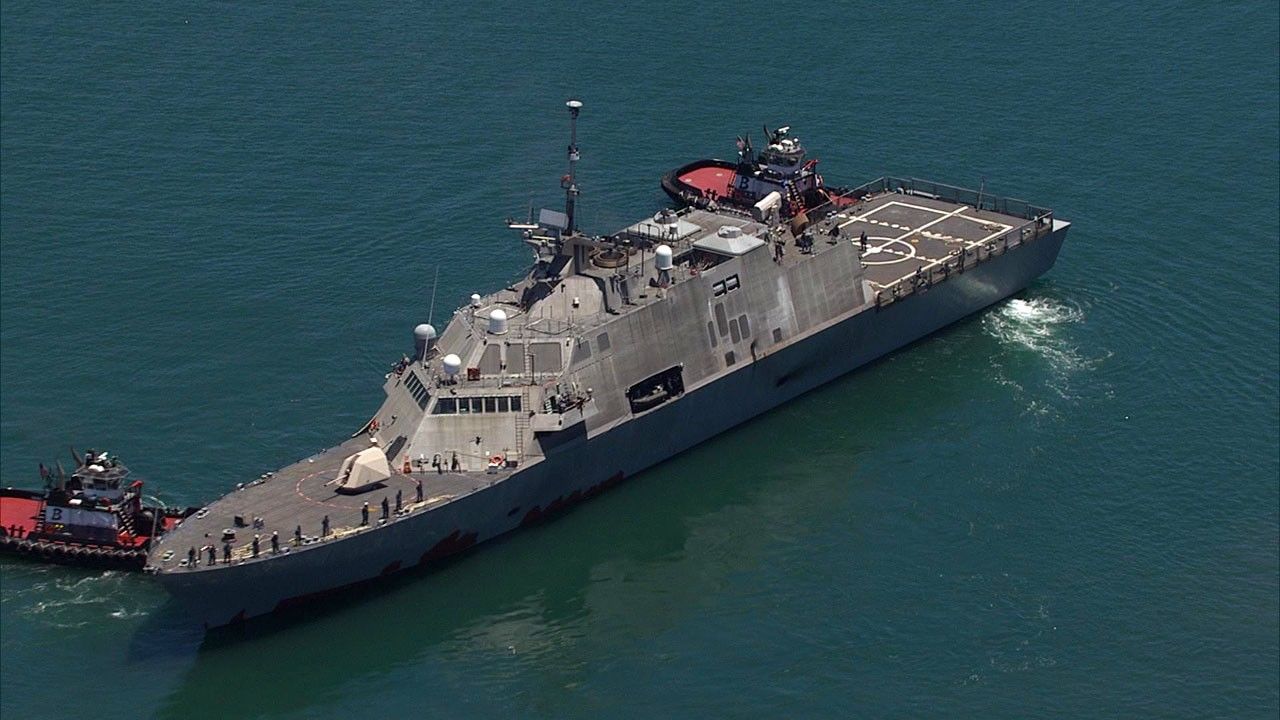
“will go to great lengths to support and facilitate” the departure of Americans but also noted that the State Department has been cautioning Americans in Sudan to leave the country for years. It earned Blaney the State Department’s highest honor, the Distinguished Service Award. Ambassador John Blaney stayed in Liberia’s capital as mortars pounded the city, crossing front lines and meeting with warlords to successfully mediate an end to deadly fighting. In Liberia in 2003, for instance, then-U.S. citizens and seek to provide a stabilizing presence. diplomats, too, in the past were sometimes credited with staying on in U.S. citizens from conflict zones at least 10 other times, including going deep into the bush in Liberia to extract American citizens in 2003 an evacuation in Haiti in 2004 and during several post-Cold War conflicts in Africa. In 2006, the State Department and Department of Defense cooperated in one of the largest evacuations of Americans in modern times, using helicopters, warships and U.S.-contracted commercial ships to extract 15,000 Americans from Lebanon when cross-border fighting flared between Lebanon-based Hezbollah and Israel.īetween 19, U.S. forces deployed to get American citizens out of danger in foreign wars. However, Sullivan omitted several other recent instances in which U.S. Afghanistan was a unique case involving the end of the 20-year war that the United States was centrally involved in.” We didn’t do it in Yemen, and no we didn’t do it in Ukraine. military” to extract American citizens from war zones, Sullivan said. He served in the Royal Navy in World War I and made a major contribution to World War II, advising on military strategy, and becoming the Admiralty’s first Director of Operations Research.“It is not standard practice for the United States to send in the U.S. The ship is named after Patrick Blackett, a former sailor and physicist who won the Nobel Prize for Physics in 1948. “She will give us more flexibility to experiment with new military capabilities and bring new technology, kits and concepts to the front lines.” NavyX Chief Colonel Tom Ryall said: “The arrival of this vessel is a significant moment for NavyX’s ability to deliver outputs to the Royal Navy. XV (Experimental Vessel) Patrick Blackett which will be used by the Royal Navy’s innovation arm NaviX to test state-of-the-art technology. NaviX plans the XV Patrick Blackett to participate in Royal Navy and NATO exercises, with the potential to be upgraded to run autonomous technology.



“It will also have container safe points on the work deck to allow a range of payloads to be launched, providing flexibility and a modern approach to testing.” “With a crew of five Royal Navy personnel, the ship will have a ‘plug and play’ element to support the Navy’s new Pods (Continuously Operationally Deployed System) concept, which means it will be designed for specific tests or experiments.” Can be adapted for testing of drones and autonomous ships and including AI decision making. The Navy’s innovation specialist, NaviX, will use the 270-ton ship to test new systems without needing to tie one of the fleet’s smaller warships.Ī spokesman said: “It will be used by Navyx, the Navy’s experiment and innovation specialists, who are driving innovation in service and testing new technology, kits and concepts, quickly sending them to the front lines.


 0 kommentar(er)
0 kommentar(er)
